Pan Am Ferry Tales: A World War II Aviation Memoir
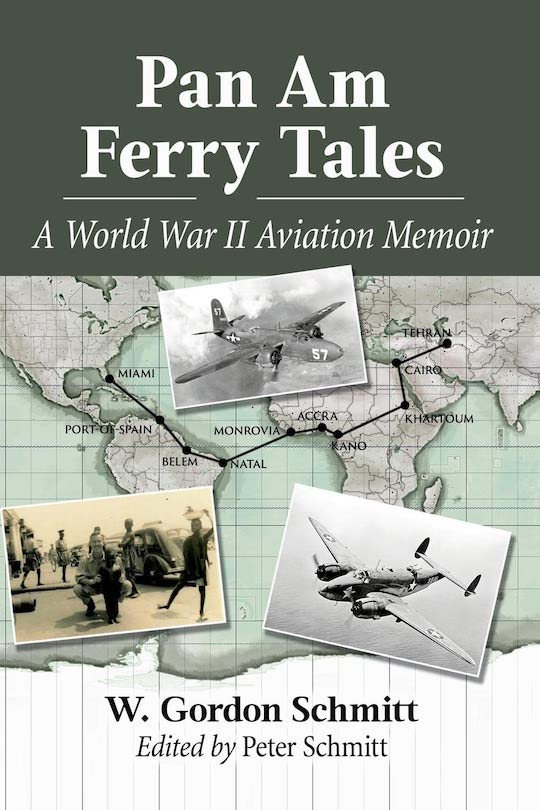 by W. Gordon Schmitt
by W. Gordon Schmitt
Don’t let the clever play-on-words title deceive you for while its author does relate some lighthearted moments and events, this is not a fairy tale but a serious remembrance and tribute to some very accomplished and dedicated men who did their part to help defeat the Axis and Hitler.
The photos are mainly stock images of some of the marvelous machines the author crewed on such as the Lockheed Ventura shown in lower right corner of the cover and the Douglas A-20 “Havoc” shown at the center of cover. The other cover image is of the author in Accra on the African Gold Coast after he and his crew had delivered that Havoc and were awaiting transport back to the States to pick up another aircraft for delivery.
Some of the birds offered the navigator a station with good visibility from which to take his celestial sightings but not the Havoc. In that one his station was beneath and forward of the cockpit in the nose; a cramped compartment with no lighting, no place for his charts or maps and his sightings were through a heavy plexiglass panel. As Schmitt described it, “There was an eerie sense of isolation sitting in that dark transparent cage, looking down at the black ocean and upwards into a vast canopy sparkling with the ancient light of stars that would guide our way.”
Remember this was a time long before computer or radio navigation tools. Reaching a destination with no landmarks over hours-long stretches of open water or the featureless barren sands of the Sahara Desert depended totally on the skills of the navigator as the pilot and co-pilot worked to keep the aircraft aloft and away from the frequently encountered storms.
Pan American World Airways was established in 1927 and Franklin Delano Roosevelt tapped it in 1941 to help ferry aircraft badly needed in the theaters of war in Europe thus establishing Pan Am Air Ferries with civilian crews hired specifically to do that job thus not taking away from either Pan Am’s regular pilot staff nor requiring military pilots either. That said, a year into it PAAF was absorbed into the US Army Air Force with efficiencies that Pan Am had been able to attain replaced by military procedures and protocols (red tape anyone?).
The flying crews of PAAF were offered direct commissions because their skills and abilities were badly needed. Author W. Gordon Schmitt was one who accepted and was also assigned to organize the schedule for the Link Trainer room as shown on lower right hand page of the page pair immediately below. As he’d also begun work on attaining his own pilot’s license, he was able to avail himself of the opportunity to become a student in the offered Link Trainer course.
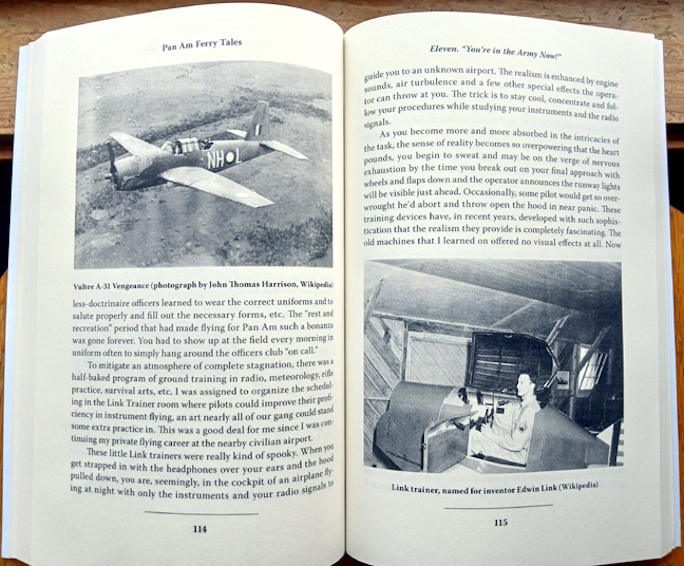
In his 70s, with his memory still sharp and perhaps aided “by the navigational logs and notebooks he had held onto since the War,” Schmitt began writing this memoir, writing “on an old Underwood upright manual . . . [that] sat on a roll top desk. . . . He typed standing up, in the Hemingway manner,” his son, Peter, who some years after his dad’s passing digitized and lightly edited what his dad had originally written. Peter’s familiarity with publishing, as the author of six poem collections, prompted him to seek a publisher for his dad’s recollections and write this book’s introduction.
Reading Schmitt’s recollections puts the reader in those airplanes out over those expanses of seas, hearing the engines, feeling the entire fuselage vibrating and pulsing for Schmitt’s ability at written communications describing places, people, and events in detail is enviable making it difficult to set the book aside until the last page has been turned. It all very much took your commentator back to when I’d read the various chapters of Tom Brokaw’s The Greatest Generation as Schmitt was every bit a member of that generation of men and women who rose to the challenge, at home and abroad, dedicating themselves to prevailing over the Axis.
Copyright 2023 Helen V Hutchings, SAH (speedreaders.info)


 RSS Feed - Comments
RSS Feed - Comments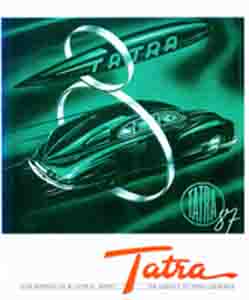

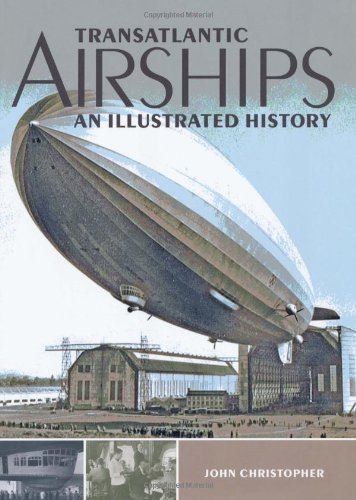




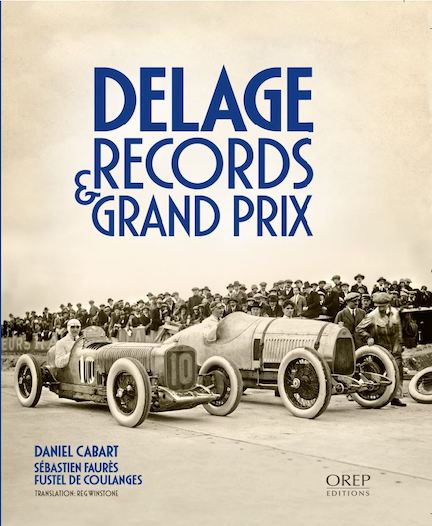
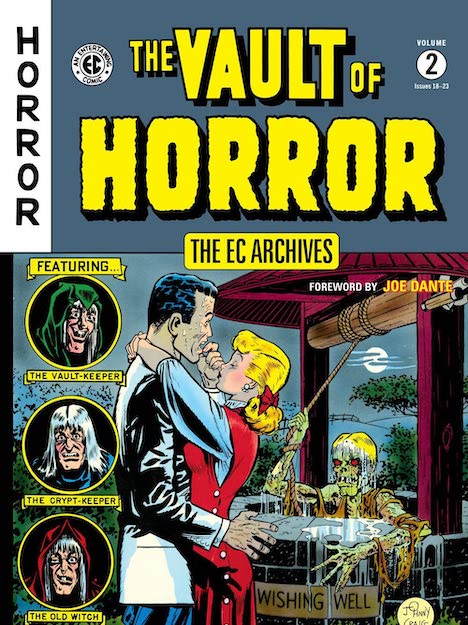
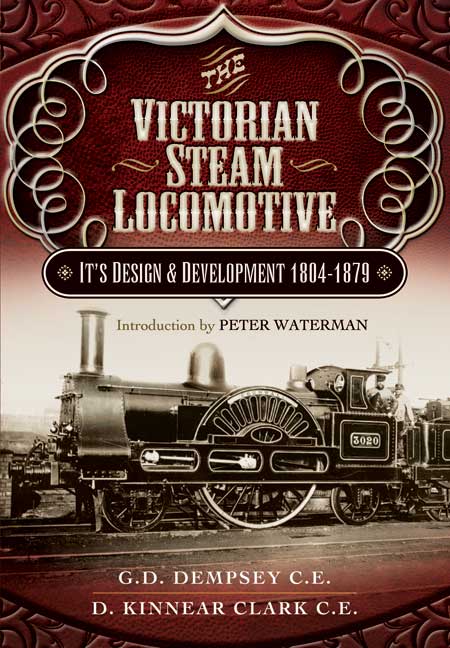



















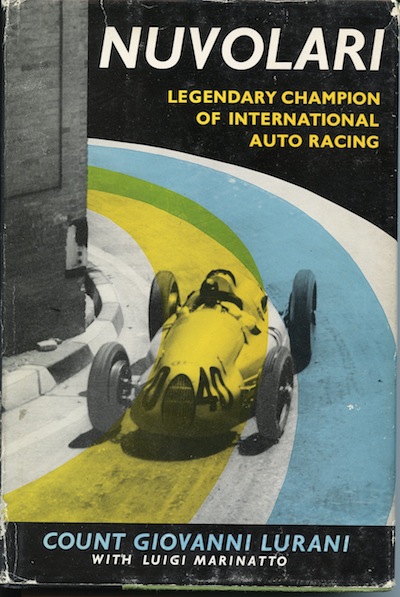
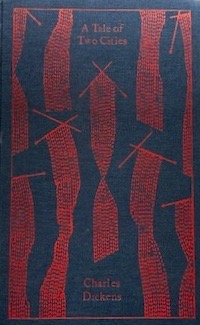
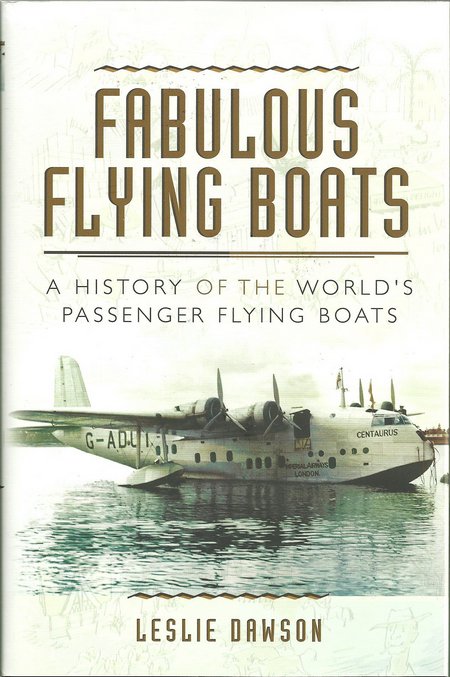


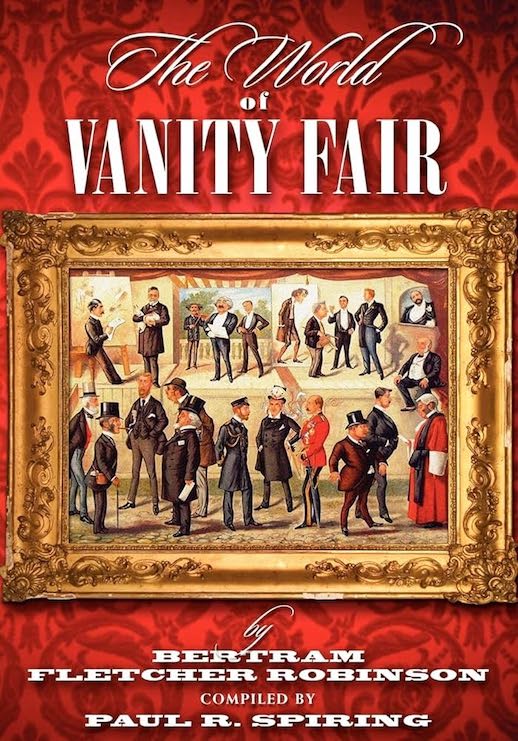















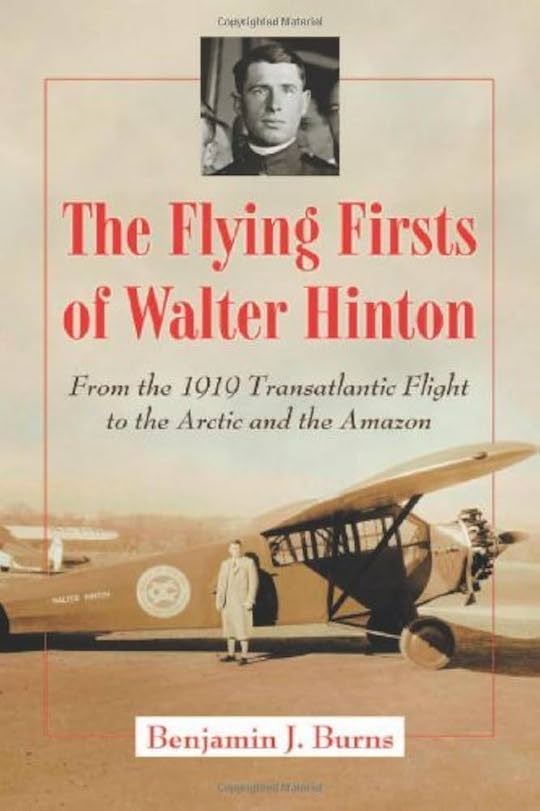









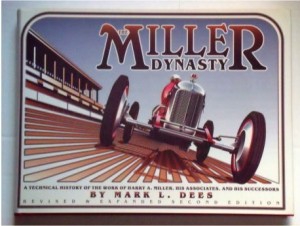
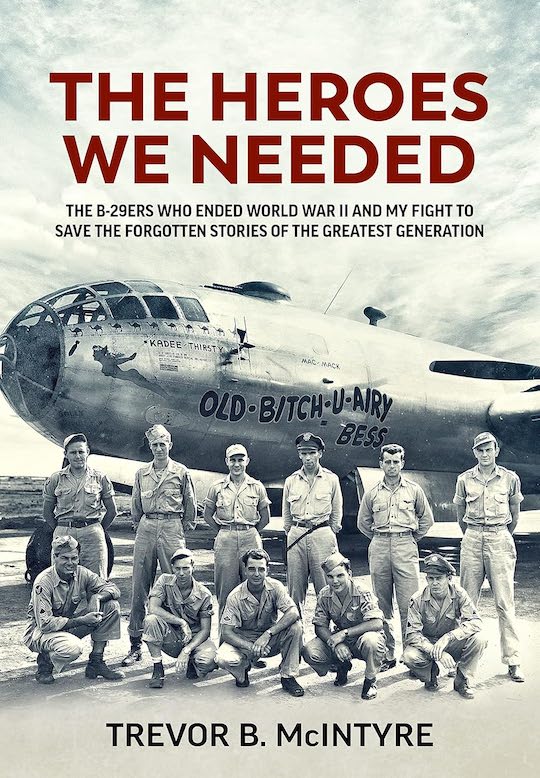


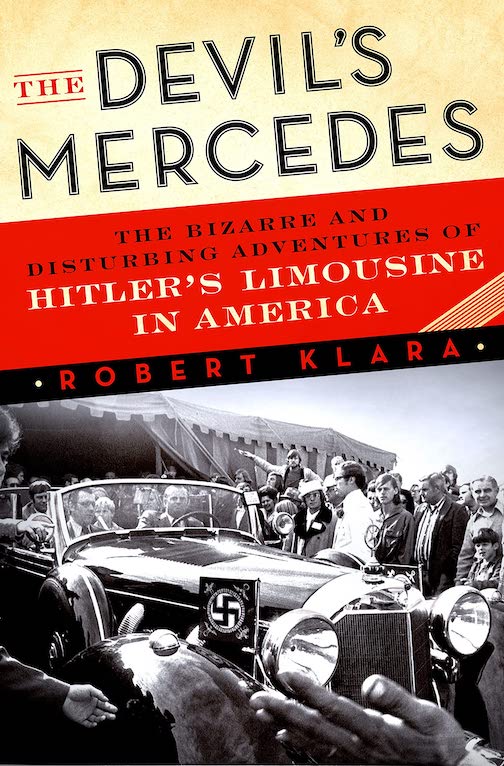
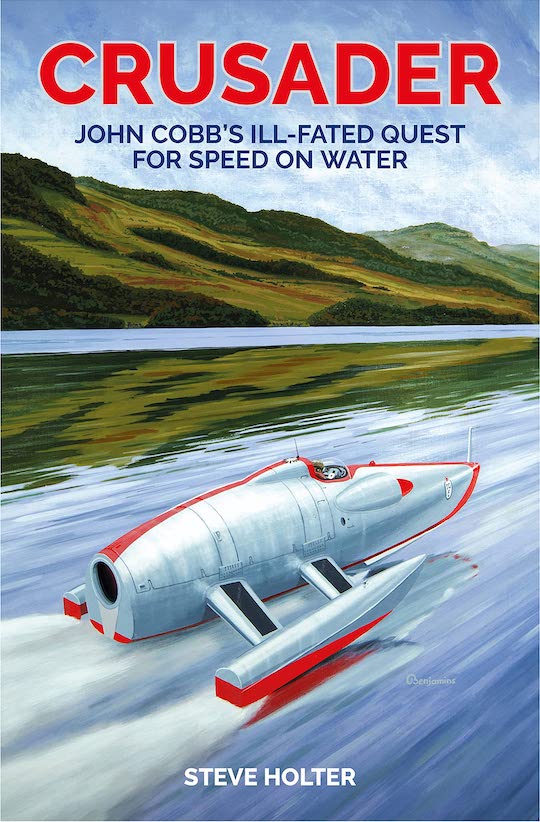



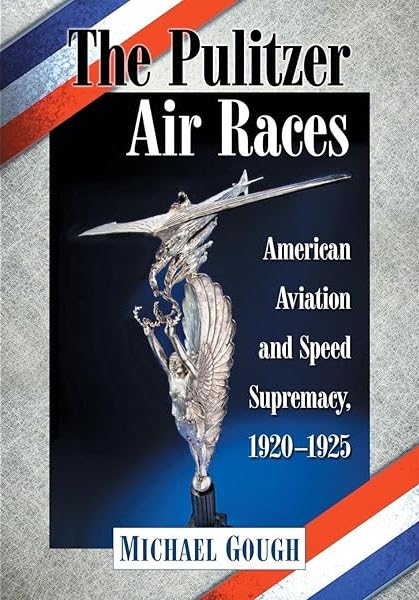

 Phone / Mail / Email
Phone / Mail / Email RSS Feed
RSS Feed Facebook
Facebook Twitter
Twitter